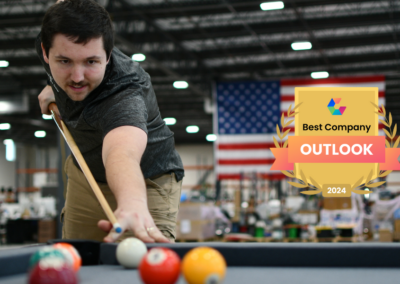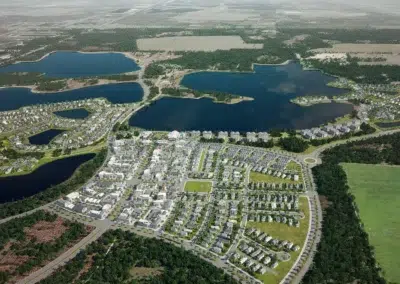When considering solar for your home, one of the key decisions is the type of inverter to install. Inverters transform Direct Current (DC) energy generated by your solar panels into usable Alternating Current (AC) energy. After solar panels, inverters are the most important equipment in your solar power system.

String Inverters Explained
String inverters are the most affordable, but also least efficient, inverter technology on the market. With a string inverter, solar panels are arranged into groups connected by “strings.” Each string connects to a single inverter. This inverter converts the DC electricity produced by the panels into AC electricity used in your home.
While solar providers have used string inverter technology for decades, it has certain drawbacks. The most glaring issue involving string inverters is the fact that if a single panel stops producing electricity, the entire system shuts down.
Another major flaw is that a string of solar panels will only produce as much electricity as its least productive panel. For example, suppose one or more of your solar panels is covered by shade during any part of the day. In this case, the shadow reduces the power output from that entire string. Shading is one of the most common causes of reduced energy output. So, if your roof is covered by partial shade at any time of the day, expect the majority of your solar system to produce less power.
Microinverters Explained
Microinverters, on the other hand, work with each individual panel in a solar energy system. They still convert the energy from your solar panels into energy for your home. However, micro inverters have no need for a separate central inverter. In many cases, solar providers integrate microinverters into the solar panel itself. However, you can also mount them next to the panel on the mounting system.
One of the major advantages of microinverters is that they cancel out the negative impacts of partial or complete shading. Because the DC-AC electricity conversion takes place at each panel, the entire system maintains its energy output even when one panel’s production decreases. Another advantage of microinverters is that since they mount behind the solar panels, the homeowner avoids mounting a large string inverter box to the side of their home.
Power Optimizers Explained
Power Optimizers make string inverters less inefficient. Like microinverters, power optimizers are located at each panel, usually integrated into the panels themselves. However, instead of converting the DC Power Optimizers are a way to improve the efficiency of string inverters. Like microinverters, power optimizers are located at each panel, usually integrated into the panels themselves. However, instead of converting the DC electricity to AC electricity at the panel site, they “condition” the DC electricity and send it to a string inverter. This approach results in slightly higher system efficiency than a string inverter alone.
Which inverter is right for me?
Most solar companies still offer the older string inverter technology to their customers. However, more and more homeowners are opting for microinverters. We recommend taking advantage of their vastly improved efficiency, reliability. Microinverters also provide a significant improvement to the resale value of your home.
If you want to learn more about how inverters benefit you and your home’s solar system, contact one of our solar experts today for a free consultation!




